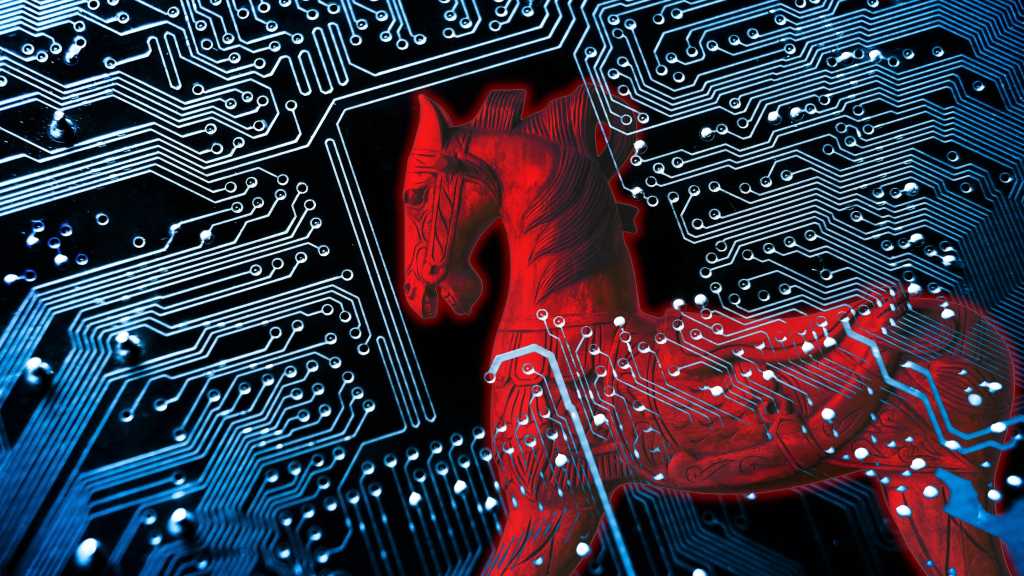
The hidden remote desktop feature allows attackers to operate in the guise of a legitimate user session, he said. DNS hijacking at the host level means even HTTPS traffic may be routed to rogue infrastructure beneath the radar of many monitoring tools. And, because it lowers the bar and gives high-end toolkits to low‑skill actors, “asset containment and rapid detection become far more critical.”
Detecting this kind of malware is challenging but not impossible, Seker pointed out. Because Atroposia uses encrypted command channels and often hides its user interface (UI), defenders should hunt for anomalies such as unexplained shadow remote desktop protocol (RDP) sessions, unexpected DNS record changes, local vulnerability scans, and unusual clipboard activity.
Seker also advised validating asset inventory, checking for unknown remote desktop listeners or services, correlating abnormal user behavior (especially around privilege escalation or credential use) and integrating data‑access telemetry (such as file searching, compressing, and exfiltration) into alerting logic. Multi-factor authentication (MFA) is also critical, as are restricting admin accounts and isolating endpoints.


